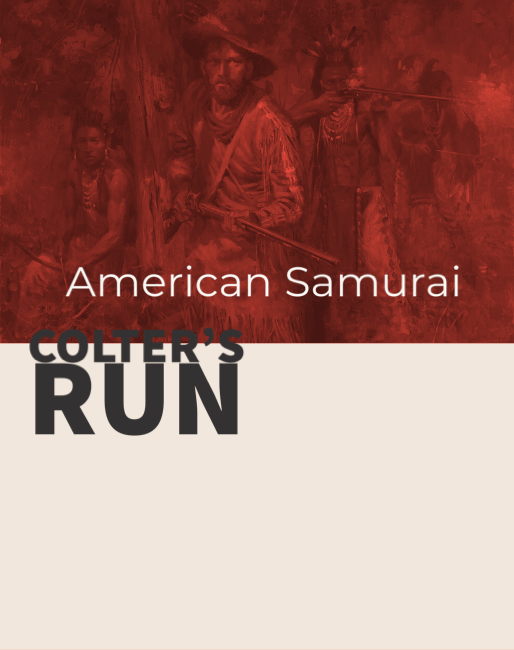John Colter was born in Stuarts Draft, Colony of Virginia, in 1774. The legendary mountain man and trapper lived an extraordinary life. He accompanied Lewis and Clark on their expedition to the Pacific, was the first white man to cross Union Pass, see the Tetons, stand at the headwaters of the Colorado and Snake Rivers, and witness the springs and geyse…
© 2025 Texas John Slaughter
Substack is the home for great culture





